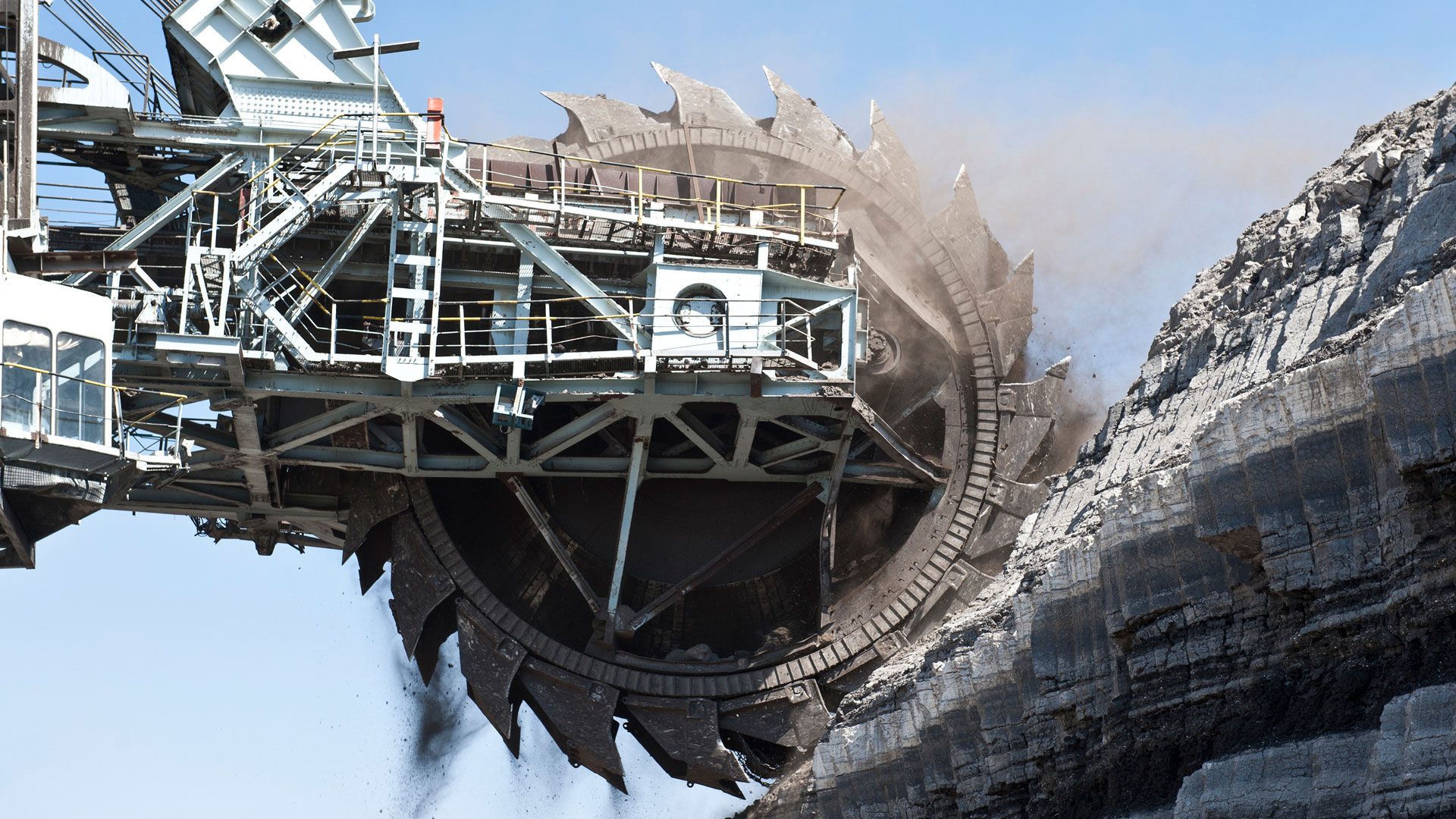-
pdf 369 KB
Die deutsche Braunkohlewirtschaft
Presentation
-
pdf 2 MB
Die deutsche Braunkohlewirtschaft
Historische Entwicklungen, Ressourcen, Technik,
wirtschaftliche Strukturen und Umweltauswirkungen
This content is also available in: German
The German lignite industry
Comprehensive study with data and facts for an informed discussion on the essential restructuring of a historically significant industry

Agora Energiewende, together with the European Climate Foundation, has now published a comprehensive collection of data and facts on the German lignite industry. On roughly 180 pages, it takes a systematic look at the specific structural features of this energy source in terms of its history, politics, economics, ecology and regional structure.
“It is a well-known fact that Germany’s climate protection targets cannot be achieved without a significant reduction in generation of electricity from lignite. However, to date, little in-depth expertise on lignite has been available outside lignite companies. We want to change that with this publication,” says Dr Patrick Graichen, Director of Agora Energiewende. “The study is intended to permit a well-founded discussion on how the German lignite industry can be restructured successfully – an inevitable step.” Lignite currently accounts for 46 percent of greenhouse gas emissions in the German electricity industry. Accordingly, the lignite industry plays a key role in restructuring the energy system.
At the same time, lignite power stations are currently under significant economic pressure – this is one of the key findings of the study. Due to the low electricity prices on the exchanges, newer lignite power stations can cover the operating costs of the power station and connected mines, but cannot cover their original investment costs. The situation is equally difficult for older lignite power stations: These facilities have already been refinanced in full, but the present electricity prices on the exchanges are not high enough to finance all maintenance or planned extension investments in the supplying mines due to the lower efficiency of the stations.
In spite of this, the power stations and mines cannot be expected to be shut down in the short term, as the cost structure, regulation and planning processes in lignite mining are often long-term. As a result, ecological and energy industry adjustments must be planned well in advance and using a process of proactive structural changes. The study provides fundamental information on the corresponding time ranges for this.
Finally, the document examines the historical significance of lignite for the energy industry. It shows that the lignite industry was a significant economic factor in the past, but also reveals that it is now largely relevant to specific regions. The three mining regions in the Rhineland, in Central Germany and in the Lusatia region currently still directly employ 19,000 employees in the lignite industry.
The study entitled “Die deutsche Braunkohlenwirtschaft” (The German Lignite Industry) is available for download free of charge below. It contains an English summary and was produced by the Institute for Applied Ecology (Öko-Institut) on behalf of Agora Energiewende and the European Climate Foundation.


